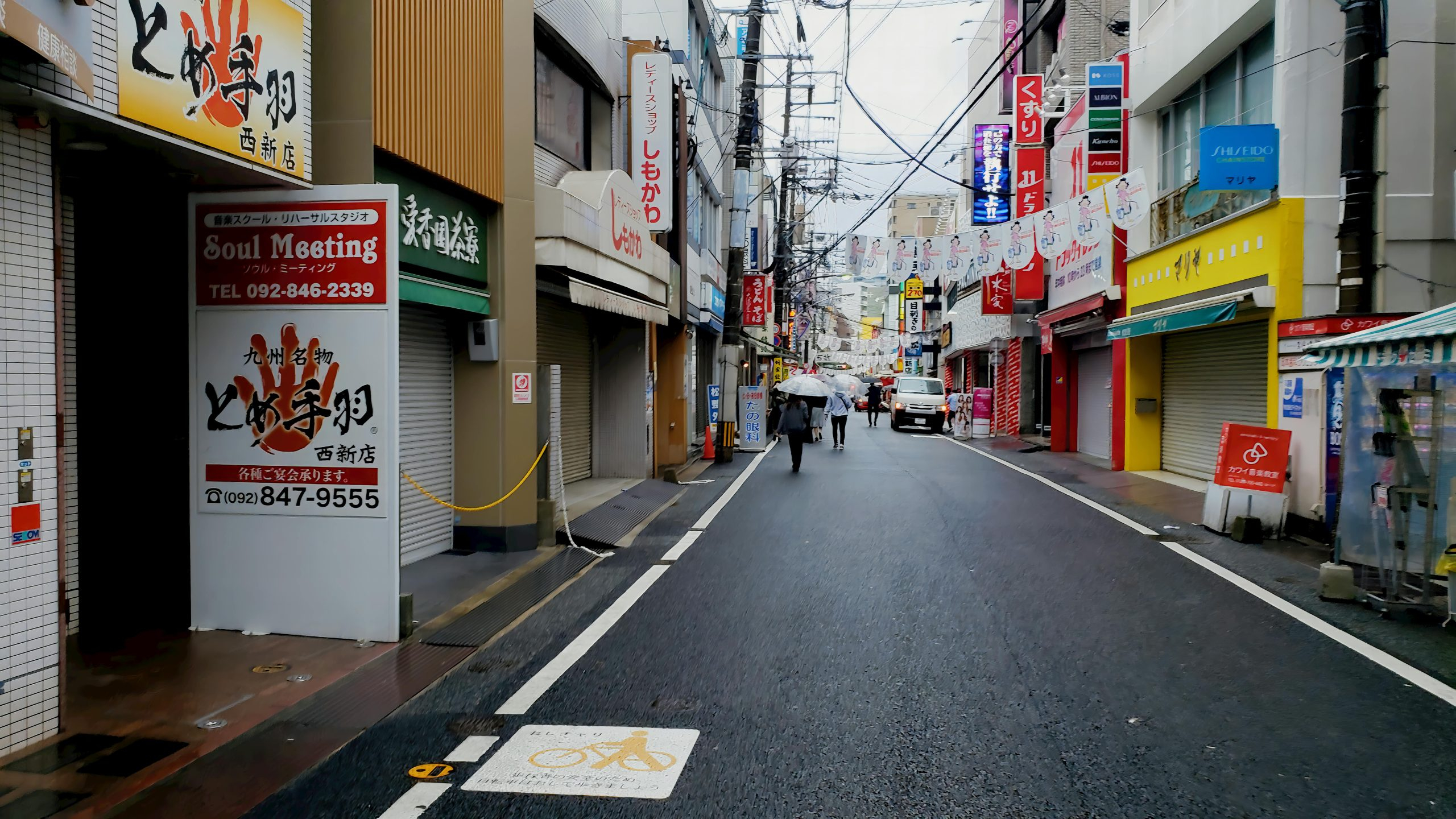Retail Evolution Through the Decades: A Journey of Shopping Transformation
The world of retail has gone through a significant transformation over the past few decades. From the traditional brick-and-mortar stores to the rise of e-commerce, the retail industry has witnessed a major evolution. Today, shopping has become more than just buying goods – it has turned into an experience. In this article, we will take a journey through the decades and explore the retail evolution that has transformed the way we shop. Let’s dive in.
The Rise of Retail in the 1950s
The 1950s marked the beginning of modern retail stores as we know them today. The end of World War II brought about a significant change in consumer behavior, with people having more disposable income and a desire for more variety in products. This led to the establishment of department stores and chain stores, making shopping more convenient and accessible for the masses. The concept of window displays and advertising also gained importance, as retailers began to understand the power of visual merchandising in attracting customers.
The 1960s and the Era of Big-Box Stores
The 1960s saw a shift towards larger retail stores, with the introduction of the big-box store concept. These large outlets offered a wide range of products under one roof, making shopping a one-stop experience. The rise of suburban shopping malls also took place during this decade, providing a centralized location for consumers to shop. Along with this, the use of credit cards and the introduction of cash registers with electronic scanning greatly simplified the shopping experience.
The Electronic Age in the 1970s
The 1970s saw a significant technological advancement in the retail industry with the introduction of barcode scanners and electronic data interchange (EDI). This allowed for faster and more accurate inventory management and streamlined supply chains. The advent of credit and debit cards also revolutionized the payment process, making it more convenient for customers.
The Advent of E-commerce in the 1990s
The 1990s saw a major shift in retail with the rise of e-commerce. Companies like Amazon and eBay paved the way for online shopping, changing the retail landscape forever. The convenience of browsing and purchasing products from the comfort of one’s own home attracted a large number of consumers, and e-commerce sales have been steadily increasing ever since.
The Era of Personalization in the 2000s
The 2000s saw a major focus on personalized shopping experiences. With the help of data analytics and artificial intelligence, retailers began to offer personalized product recommendations to customers based on their buying behavior. This not only helped companies increase sales, but also enhanced the overall shopping experience for customers.
The Digital Age in the 2010s
The 2010s saw a rapid growth in the use of mobile devices, leading to the rise of mobile shopping. The increasing use of social media also played a major role in shaping consumer behavior, with many retailers using social media platforms for marketing and customer engagement. The concept of ‘omnichannel retail’, where customers can seamlessly switch between online and offline shopping, became more prevalent.
The Future of Retail in the 2020s
As we enter a new decade, the retail industry is poised for even greater changes. With the advancements in technology, the use of virtual and augmented reality is expected to become more widespread, providing a more immersive shopping experience for customers. Personalization is also expected to become more prominent, with retailers using data and analytics to tailor products and services to individual customers.
In conclusion, the retail industry has come a long way over the past few decades, constantly evolving and adapting to changing consumer behavior and technology. As we continue to move forward, it will be interesting to see how retail will continue to transform and provide customers with an even better shopping experience.









